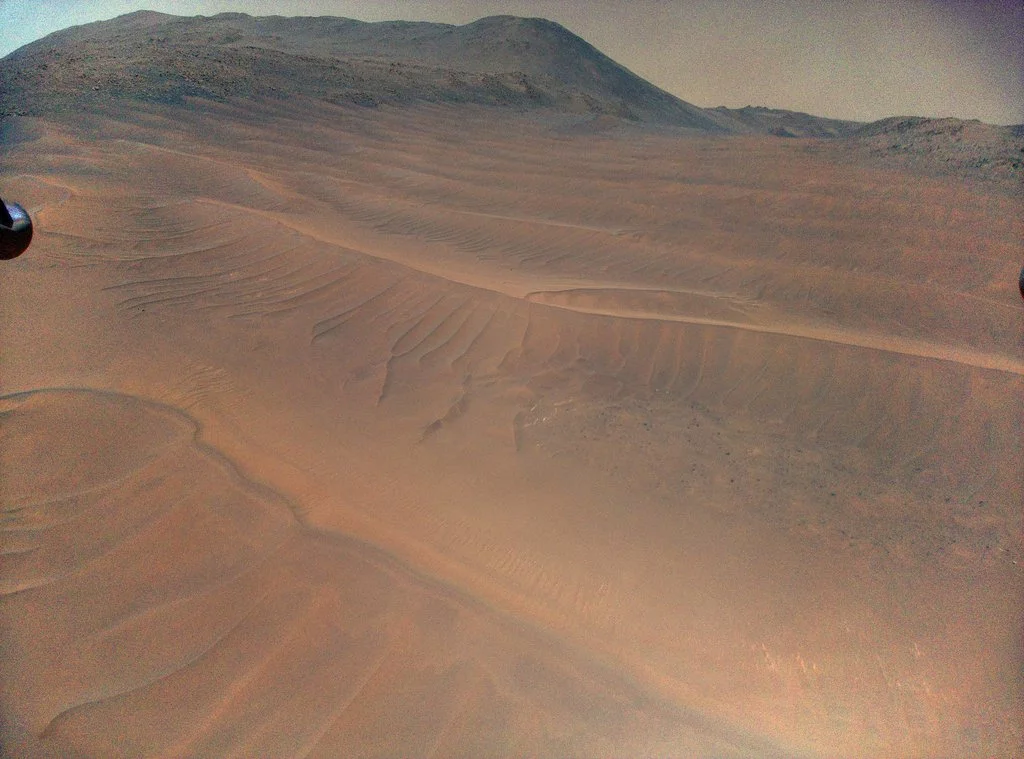NASA has declared the end of its Ingenuity Mars helicopter mission. Originally scheduled to last a month with five flights, it lasted for three years with 72 flights before being grounded by damaged rotors after its last flight.
Brought to Mars as part of NASA's Perseverance rover mission, the tiny robotic Ingenuity helicopter entered the history books on April 19, 2021 when it took to the air. As it left the ground, it became the first aircraft ever to fly on another planet.
The original goals of the program were very modest. Ingenuity was meant to be a demonstrator which simply showed that it was possible to build a helicopter that could fly under Martian conditions. Instead, it went on to operate for over 1,000 Martian days on a large variety of terrains and 48 "airfields." Not only did it push the envelope of Martian aerodynamics, it also acted as a scout to help the Perseverance rover seek out new areas to explore.

According to NASA, the end of Ingenuity came on January 18, 2024. On its previous flight, the copter made an emergency landing and couldn't be located. To find it, Mission Control ordered Ingenuity to take off and fly back into view. This flight took it to an altitude of 40 ft (12 m) before descending. Unfortunately, communications with Perseverance were lost and Ingenuity landed hard.
Why this happened is still under investigation, but images returned by Perseverance showed that the rotor blades were damaged, grounding the helicopter after clocking up a total of over two hours of total flight time during its service life.
"The historic journey of Ingenuity, the first aircraft on another planet, has come to end," said NASA Administrator Bill Nelson. "That remarkable helicopter flew higher and farther than we ever imagined and helped NASA do what we do best – make the impossible possible. Through missions like Ingenuity, NASA is paving the way for future flight in our solar system and smarter, safer human exploration to Mars and beyond."
The video below is the official announcement of the end of Ingenuity.
Source: NASA





